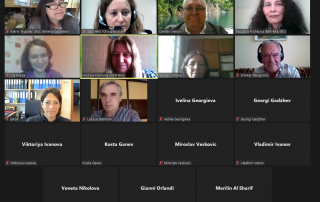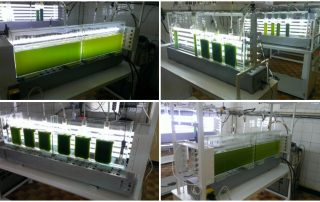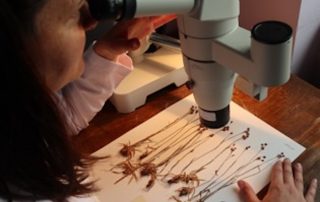Scientists investigate the antiviral properties of the plant Graptopetalum paraguayense
The antiviral properties of the ornamental plant Graptopetalum paraguayense are being investigated by scientists from five scientific organisations. The plant is a drought-tolerant member of the Crassulaceae family that is grown as an ornamental houseplant in temperate climates. It is native to Mexico and is widespread in tropical and subtropical regions as an ornamental plant, but is used in Chinese medicine as a medicinal herb. It has a healing effect on people with conjunctivitis and herpes simplex, causing scientists to investigate its phytochemical composition and antimicrobial action. […]







